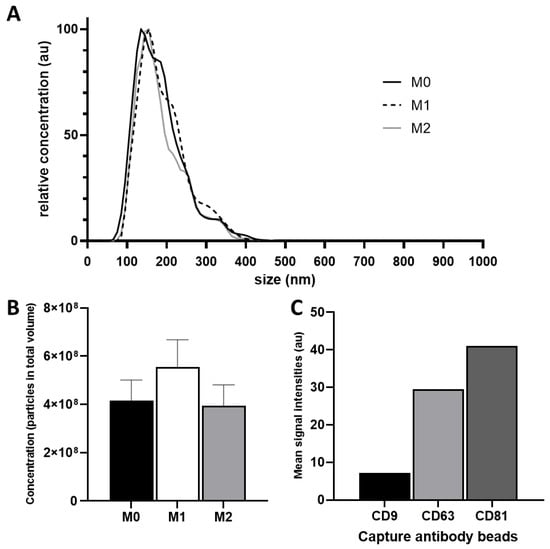Nutrients 2022, 14(7), 1321; https://doi.org/10.3390/nu14071321 - 22 Mar 2022
Cited by 2 | Viewed by 2782
Abstract
Nausea, vomiting and abdominal pain in diabetic patients are often attributed to diabetic gastropathy (DG). Post-pyloric (“jejunal”) enteral nutrition (JN) may improve nutrition and glycaemia in difficult cases. The acute effects of JN on postprandial symptoms and gastric function in DG patients has
[...] Read more.
Nausea, vomiting and abdominal pain in diabetic patients are often attributed to diabetic gastropathy (DG). Post-pyloric (“jejunal”) enteral nutrition (JN) may improve nutrition and glycaemia in difficult cases. The acute effects of JN on postprandial symptoms and gastric function in DG patients has not been studied. DG patients with moderate to severe symptoms (gastroparesis cardinal symptom index (GCSI) > 27), diabetic controls without symptoms (DC; GCSI < 14) and healthy controls (HV) were entered into a randomized, double blind controlled trial. JN with liquid nutrient (2 kcal/min) or water was infused for 60 min prior to ingestion of a standardized mixed solid/liquid test meal. Outcomes included postprandial symptoms and effects on gastrointestinal (GI)–peptide hormones and gastric emptying (GE) assessed by magnetic resonance imaging (MRI). Nine DG, nine DC and twelve HV were recruited. DG patients reported more symptoms after meals than other groups (p < 0.05). Post-prandial symptoms were reduced after JN in DG patients (p < 0.01). GE was more rapid after JN in DG and DC patients (p < 0.05). JN induced a GI–peptide response in all subjects; however, this was less pronounced in diabetic groups. JN has beneficial effects on DG patients’ symptoms after a meal. The mechanism is not primarily mediated by effects on GE, but appears to involve other aspects of GI function, including visceral sensitivity.
Full article
(This article belongs to the Section Clinical Nutrition)
►
Show Figures



